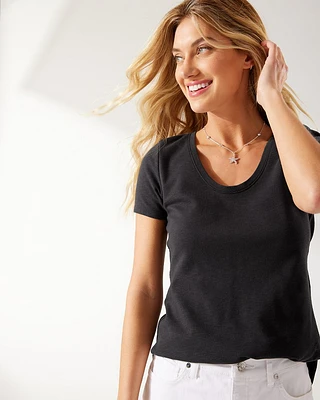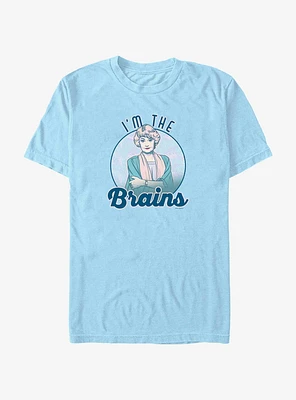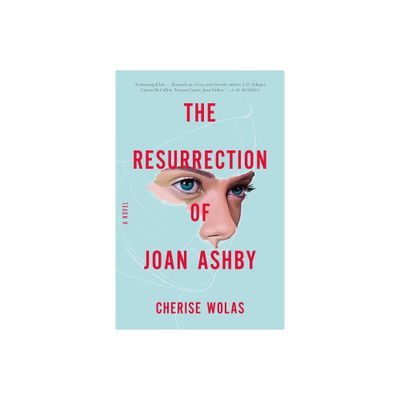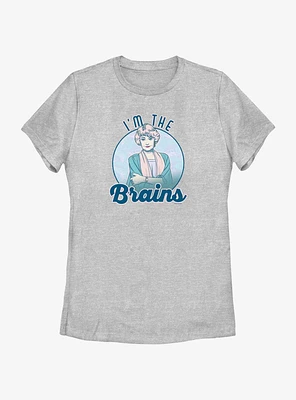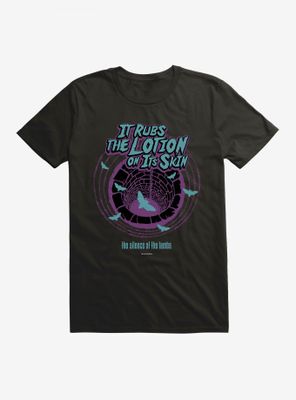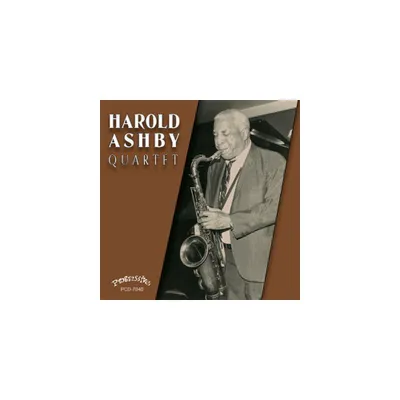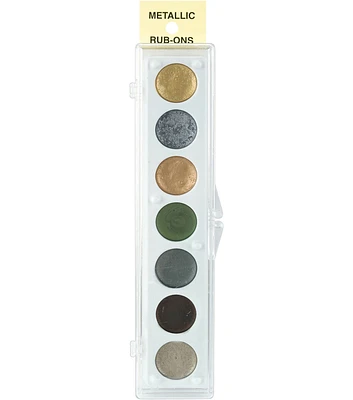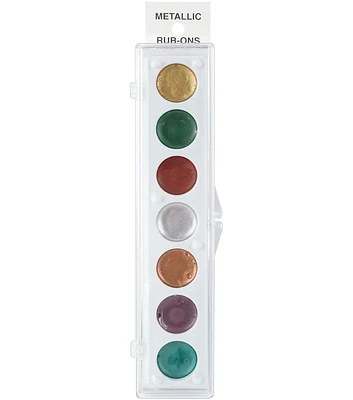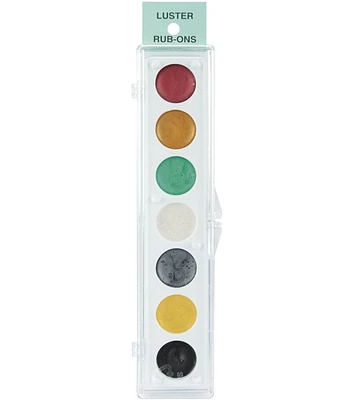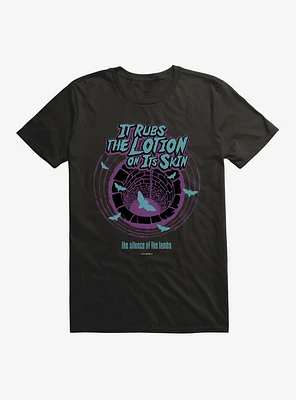Home
The Rub¿¿iy¿¿t of Dorothy Ashby
Loading Inventory...
Barnes and Noble
The Rub¿¿iy¿¿t of Dorothy Ashby
Current price: $20.99


Barnes and Noble
The Rub¿¿iy¿¿t of Dorothy Ashby
Current price: $20.99
Loading Inventory...
Size: CD
*Product Information may vary - to confirm product availability, pricing, and additional information please contact Barnes and Noble
Issued on
Cadet
in 1970,
The Rubaiyat of Dorothy Ashby
is really a left-field offering for the jazz harpist. But being a jazz harpist was -- and remains -- an outside thing in the tradition. Her previous offerings on
Prestige
were pure, hard bop jazz with serious session players soloing all over them. She made recordings for
Atlantic
and
Jazzland
before landing at
Chess
in 1968 with
Afro-Harping
which began her partnership with arranger
Richard Evans
.
Ashby
became content as an iconoclast and was seemingly moving forward toward the deep well of spiritual jazz in the aftermath of
John Coltrane
's death and the recordings of
Pharoah Sanders
Alice Coltrane
. On this set for
, she again teams with
Evans
who wears the hats of producer, arranger, and conductor of a string section and the record goes in a somewhat different direction. Whereas
hit on a direction for
and cemented her relationship with
,
Rubaiyat
realizes that partnership in total. With a band that included a host of percussion instruments --
Stu Katz
played vibes and kalimba, and
Fred Katz
played a second kalimba,
Cash McCall
was enlisted as guitarist,
Cliff Davis
played alto saxophone, and
Lenny Druss
played flute, oboe, bass flute, and piccolo. There is also a bass player and a drummer but they are not credited. For her part,
played her harp, but she also brought the Japanese koto into the mix as well as her voice.
is no ordinary jazz vocal album. It is exotic, mysterious, laid-back, and full of gentle grooves and soul. The opening cut,
"Myself When Young,"
with its glissando harp and koto, is in an Eastern mode, and immediately lays out
's vocal as this beautiful throaty, clear instrument hovering around the low end of the mix. Midway through it kicks into soul-jazz groove without losing the Eastern mode and goes, however gently, into an insistent funky soul-jazz groove. There is no kitsch value in this music, it's serious, poetic, and utterly ingenious musically. It sounds like nothing else out there. And it only gets better from here. The poem that commences
"For Some We Loved"
gives way to a percussion and koto workout that comes right from the modal blues. The oboe playing is reminiscent of
Yusef
's
Eastern Sounds
but with more driving, hypnotic rhythm.
"Wax and Wane"
begins with kalimbas playing counterpoint rhythms and
singing in Japanese scale signature, but soon hand percussion, strings, and a flute enter to make the thing groove and glide, ethereal, light, beautiful.
"Drink"
is a pure soul-jazz ballad with harp fills, a funky bassline, and shimmering flutes above a trap kit. The piano solo -- played by
, we can assume -- on
"Wine,"
is a killer move bringing back the hard bop and giving way to a smoking vibes solo by
Katz
. It's as if each track, from
"Joyful Grass and Grape,"
"Shadow Shapes,"
"Heaven and Hell,"
enter from the world of exotica, from someplace so far outside jazz and western popular musics, and by virtue of
's vocal and harp, are brought back inside, echoing the blues and jazz -- check out the koto solo on this cut, by way of the symbiotic communication between
and the musicians. You can literally hear that
trusts
to deliver.
transforms
"Shadow Shapes"
"Heaven and Hell"
from near show tunes in her contralto into swinging, shuffling jazz numbers. The lithe beauty on display in her voice and the in-the-pocket backup of the rhythm section is flawless and infectious. The set ends on its greatest cut,
"The Moving Finger."
Introduced by what seems like an Eastern Buddhist chant, it quickly slips into harp, koto, guitars, drums, and bass bump.
adds strings for drama playing repeating two-note vamps before
and his vibes take the thing into outer space. The slippery guitar groove and alto solo that cut right into the flesh of the blues turn it into a solid late-night groover with plenty, plenty soul. The fuzz guitar solo playing counterpoint with the kalimba rhythms is mindblowing, sending the record off to some different place in the listener's head. And this is a head record. Time and space are suspended and new dimensions open up for anyone willing to take this killer little set on and let it spill its magic into the mind canal through the ears. Depending on how much of a jazz purist you are will give you a side to debate the place of this set in
's catalogue. For those who remain open, this may be her greatest moment on record. ~ Thom Jurek
Cadet
in 1970,
The Rubaiyat of Dorothy Ashby
is really a left-field offering for the jazz harpist. But being a jazz harpist was -- and remains -- an outside thing in the tradition. Her previous offerings on
Prestige
were pure, hard bop jazz with serious session players soloing all over them. She made recordings for
Atlantic
and
Jazzland
before landing at
Chess
in 1968 with
Afro-Harping
which began her partnership with arranger
Richard Evans
.
Ashby
became content as an iconoclast and was seemingly moving forward toward the deep well of spiritual jazz in the aftermath of
John Coltrane
's death and the recordings of
Pharoah Sanders
Alice Coltrane
. On this set for
, she again teams with
Evans
who wears the hats of producer, arranger, and conductor of a string section and the record goes in a somewhat different direction. Whereas
hit on a direction for
and cemented her relationship with
,
Rubaiyat
realizes that partnership in total. With a band that included a host of percussion instruments --
Stu Katz
played vibes and kalimba, and
Fred Katz
played a second kalimba,
Cash McCall
was enlisted as guitarist,
Cliff Davis
played alto saxophone, and
Lenny Druss
played flute, oboe, bass flute, and piccolo. There is also a bass player and a drummer but they are not credited. For her part,
played her harp, but she also brought the Japanese koto into the mix as well as her voice.
is no ordinary jazz vocal album. It is exotic, mysterious, laid-back, and full of gentle grooves and soul. The opening cut,
"Myself When Young,"
with its glissando harp and koto, is in an Eastern mode, and immediately lays out
's vocal as this beautiful throaty, clear instrument hovering around the low end of the mix. Midway through it kicks into soul-jazz groove without losing the Eastern mode and goes, however gently, into an insistent funky soul-jazz groove. There is no kitsch value in this music, it's serious, poetic, and utterly ingenious musically. It sounds like nothing else out there. And it only gets better from here. The poem that commences
"For Some We Loved"
gives way to a percussion and koto workout that comes right from the modal blues. The oboe playing is reminiscent of
Yusef
's
Eastern Sounds
but with more driving, hypnotic rhythm.
"Wax and Wane"
begins with kalimbas playing counterpoint rhythms and
singing in Japanese scale signature, but soon hand percussion, strings, and a flute enter to make the thing groove and glide, ethereal, light, beautiful.
"Drink"
is a pure soul-jazz ballad with harp fills, a funky bassline, and shimmering flutes above a trap kit. The piano solo -- played by
, we can assume -- on
"Wine,"
is a killer move bringing back the hard bop and giving way to a smoking vibes solo by
Katz
. It's as if each track, from
"Joyful Grass and Grape,"
"Shadow Shapes,"
"Heaven and Hell,"
enter from the world of exotica, from someplace so far outside jazz and western popular musics, and by virtue of
's vocal and harp, are brought back inside, echoing the blues and jazz -- check out the koto solo on this cut, by way of the symbiotic communication between
and the musicians. You can literally hear that
trusts
to deliver.
transforms
"Shadow Shapes"
"Heaven and Hell"
from near show tunes in her contralto into swinging, shuffling jazz numbers. The lithe beauty on display in her voice and the in-the-pocket backup of the rhythm section is flawless and infectious. The set ends on its greatest cut,
"The Moving Finger."
Introduced by what seems like an Eastern Buddhist chant, it quickly slips into harp, koto, guitars, drums, and bass bump.
adds strings for drama playing repeating two-note vamps before
and his vibes take the thing into outer space. The slippery guitar groove and alto solo that cut right into the flesh of the blues turn it into a solid late-night groover with plenty, plenty soul. The fuzz guitar solo playing counterpoint with the kalimba rhythms is mindblowing, sending the record off to some different place in the listener's head. And this is a head record. Time and space are suspended and new dimensions open up for anyone willing to take this killer little set on and let it spill its magic into the mind canal through the ears. Depending on how much of a jazz purist you are will give you a side to debate the place of this set in
's catalogue. For those who remain open, this may be her greatest moment on record. ~ Thom Jurek


